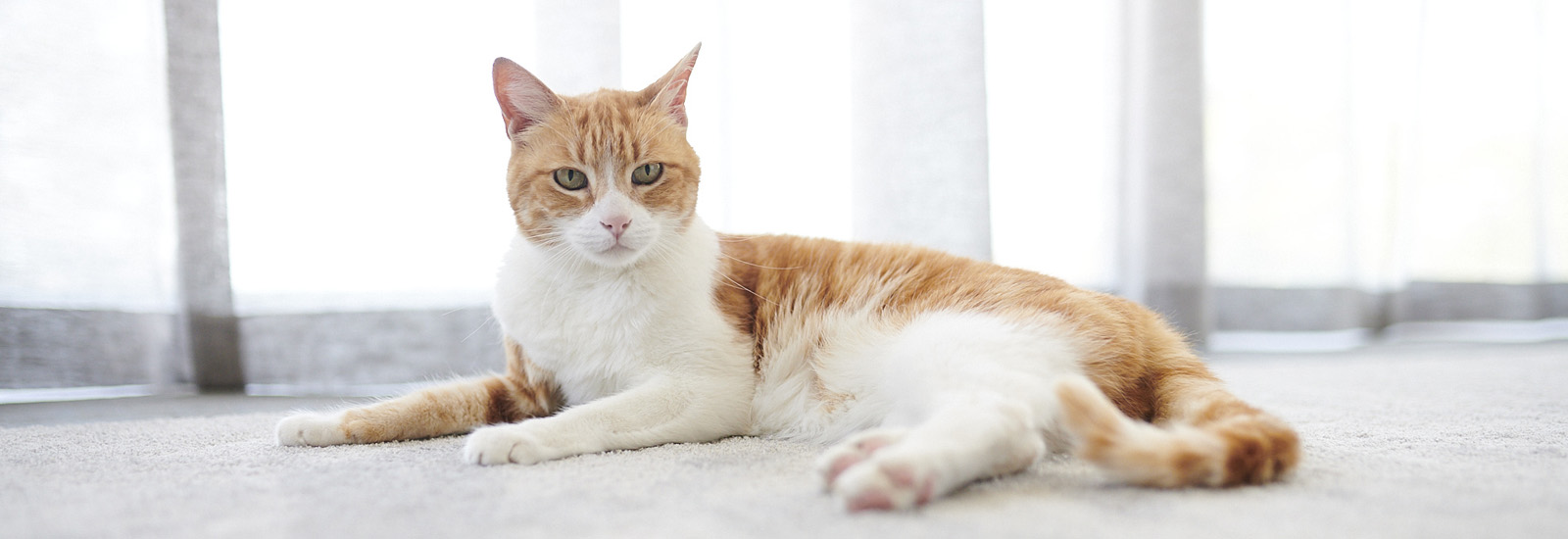Diarrhoea is quite common in cats. Mild cases of diarrhoea often go away on their own. If, however, the diarrhoea lasts longer than a day, the cat must be examined by a vet.
Causes of diarrhoea in cats
Diarrhoea is not an illness; it is a symptom that appears due to a wide variety of causes. Diarrhoea is usually not caused by something the cat has eaten, as is often suspected, but is frequently triggered by bacteria, viruses and parasites such as worms, giardia or coccidia. It can also not be ruled out that the diarrhoea is a side-effect of infections, inflammations, hormonal disorders or chronic kidney failure. Alongside the causes of diarrhoea mentioned above, it can sometimes be brought on by something the cat has eaten.
Other causes of diarrhoea:
- Food is too cold
- Portions are too big
- Food has been switched too quickly
- Food intolerance
- Swallowed foreign object
- Side effect of medication
- Stale food
- Food that is not suitable for cats
Finally, there is also the possibility that the cat's diarrhoea has been brought on by stress. Stress factors for the cat can be household changes, for example moving home, the arrival of a new person, new furniture or the litter tray having been moved.
Or maybe your pet is being constantly tormented by another cat.
